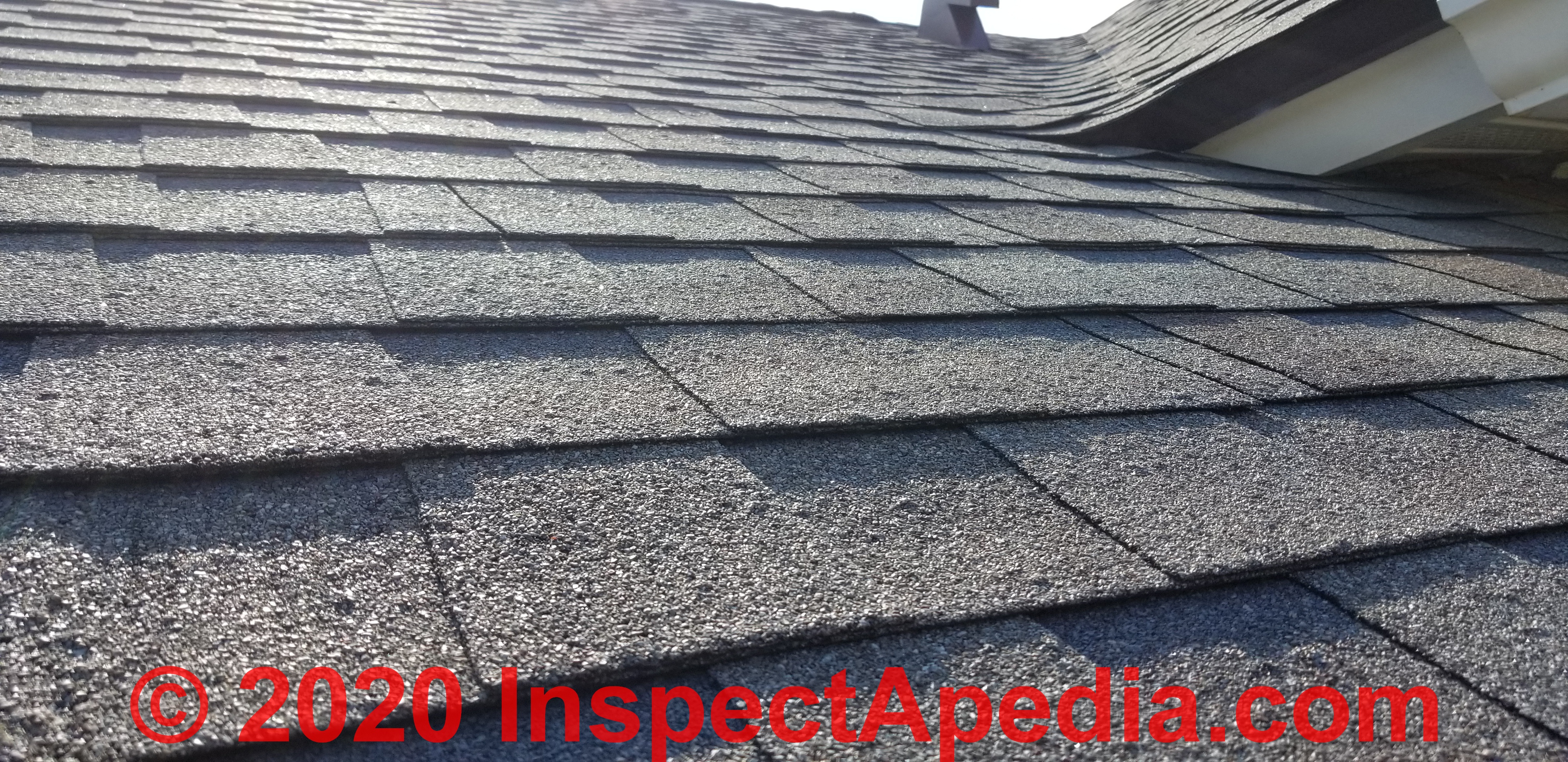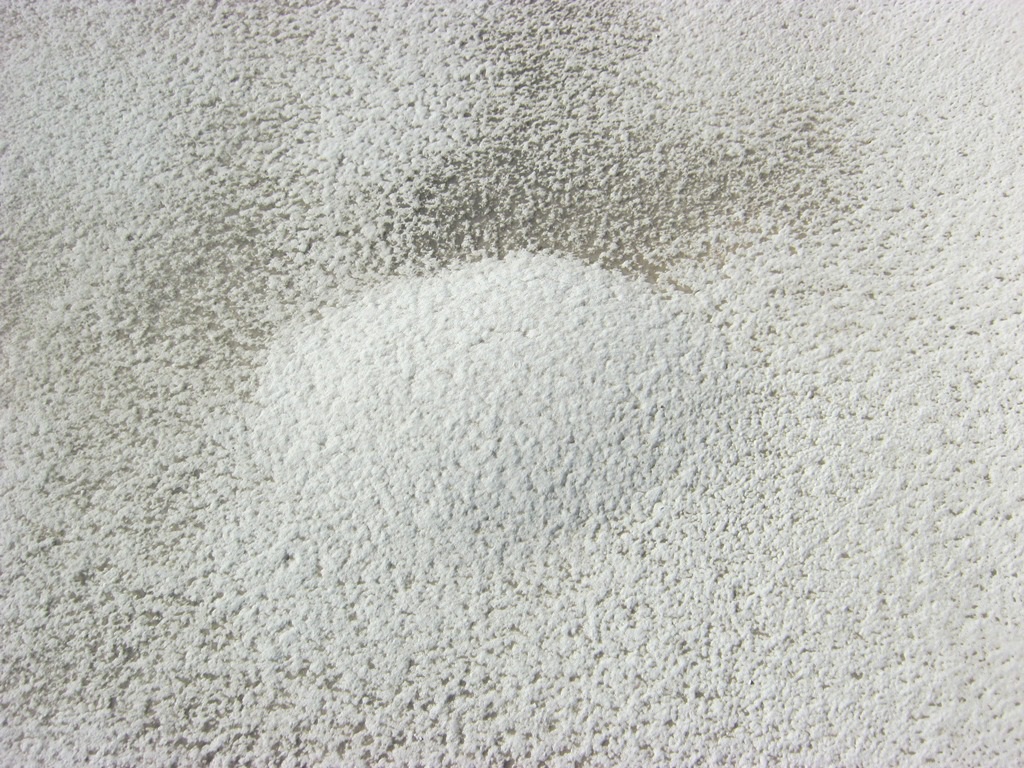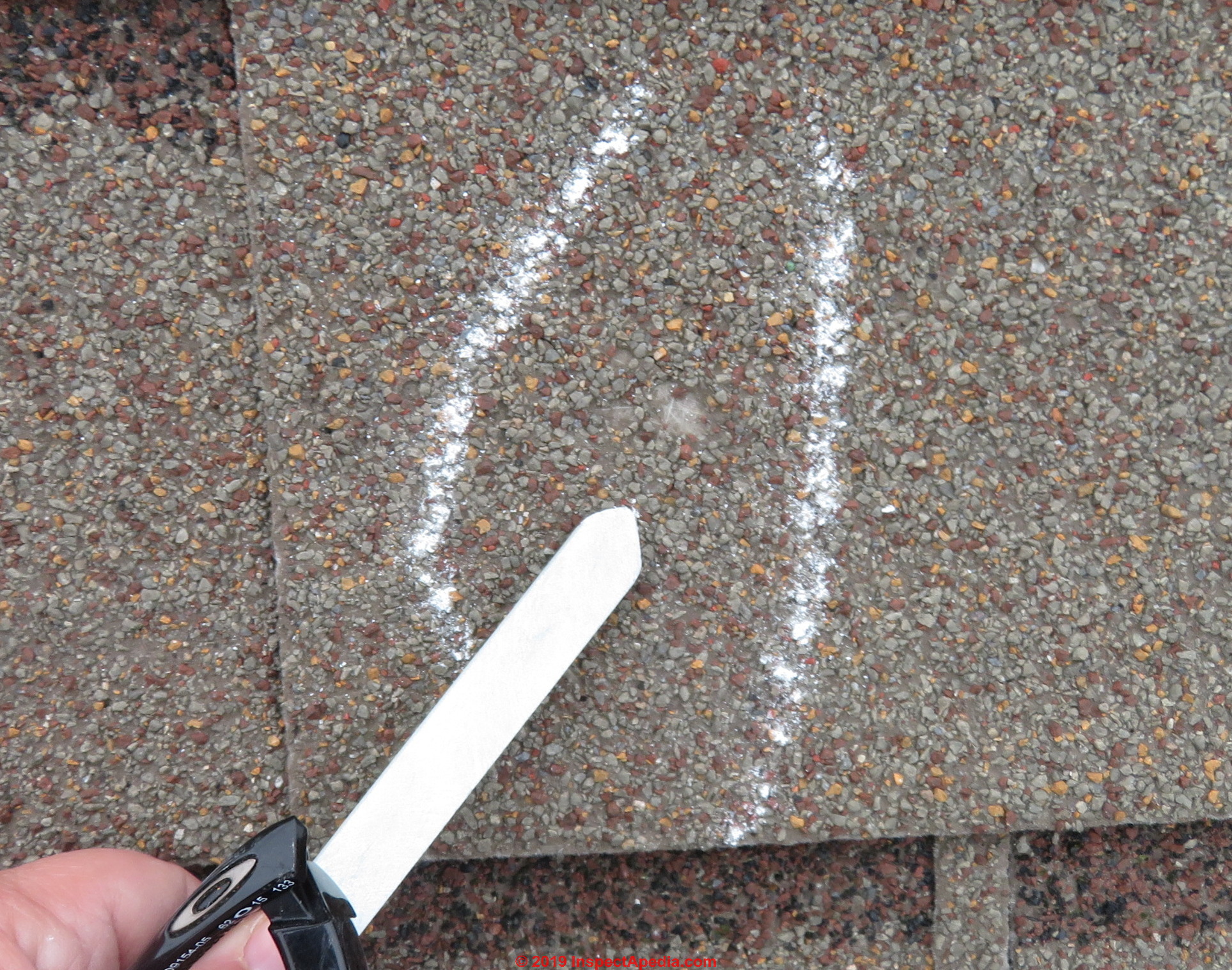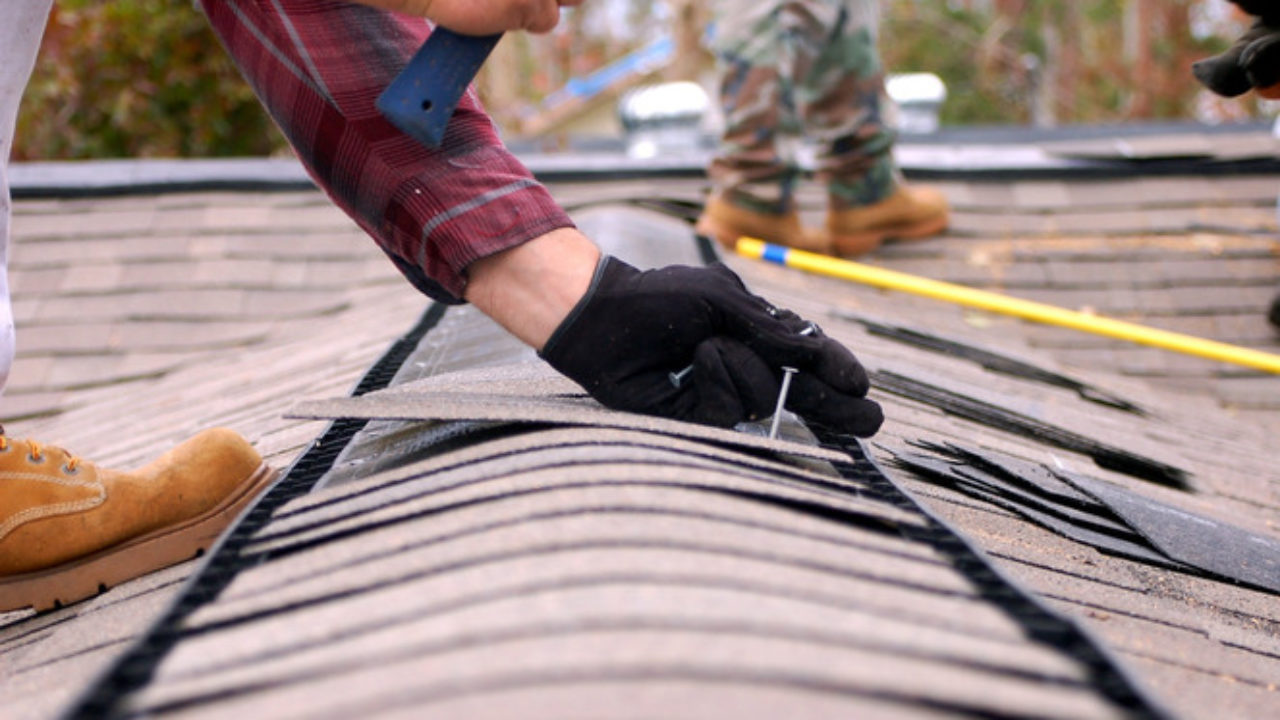Roof Blistering Definition

Membrane systems are most susceptible to blistering because blisters are formed by voids between the plies or at the point between the substrate and the membrane.
Roof blistering definition. Shingle blistering as a roof defect. Blistering is an asphalt shingle roofing problem that is often mistaken for hail damage and is one of the most common issues residential roofing contractors are called to fix especially during the summer. The roofing company co takes a look at what causes asphalt shingles to blister and what can be done to prevent it. Roof blisters can form if workers allow air or moisture to get trapped between layers during roof installation.
Blistering only occurs in asphalt roof shinglesas it is a byproduct of manufacturing or installation. Built up roofs are particularly susceptible. Asphalt shingles can blister as a result of trapped moisture in the shingles. Hinkle roofing your local roofing contractor discusses what causes asphalt shingles to blister and what you can do about it.
There are three primary issues associated with blistering. A roof blister is a raised area where there is a loss of adhesion of the roof. When you have no shade to block direct sunlight to a roof small blisters can form. This area can fill up with air or water to form a blister which looks like a bubble on your roof.
Poor attic ventilation is another reason blisters will appear. Workers or employees can break blisters by stepping on them which can expose the building to leaks. In some cases moisture can get trapped within the shingles during the manufacturing process. A pocket of air trapped between the layers of a roof membrane between the components of a roof assembly or within a layered roofing product such as an asphalt shingle.
The shingles are composed of different layers of material. All conventional low slope roof systems experience blisters in some form. Roof blisters can be caused by any number of problems. Typically asphalt shingles only blister where the exposure conditions on the roof include one or more of the following.
While undergoing the lamination process moisture can be trapped between layers. If left untreated a blister can grow larger and allow more moisture to get in so that the problem gets worse until more extensive repairs and possible replacement is necessary unless it pops. What causes a blistering roof blisters often occur when excessive heat damages the roofing materials. Construction definition roof blister.
Although the atlas view is reassuring based on field observation and experience and visible in beginning stages in the photo of an atlas roof shingle above we ve seen early granule loss at the blister site.














































